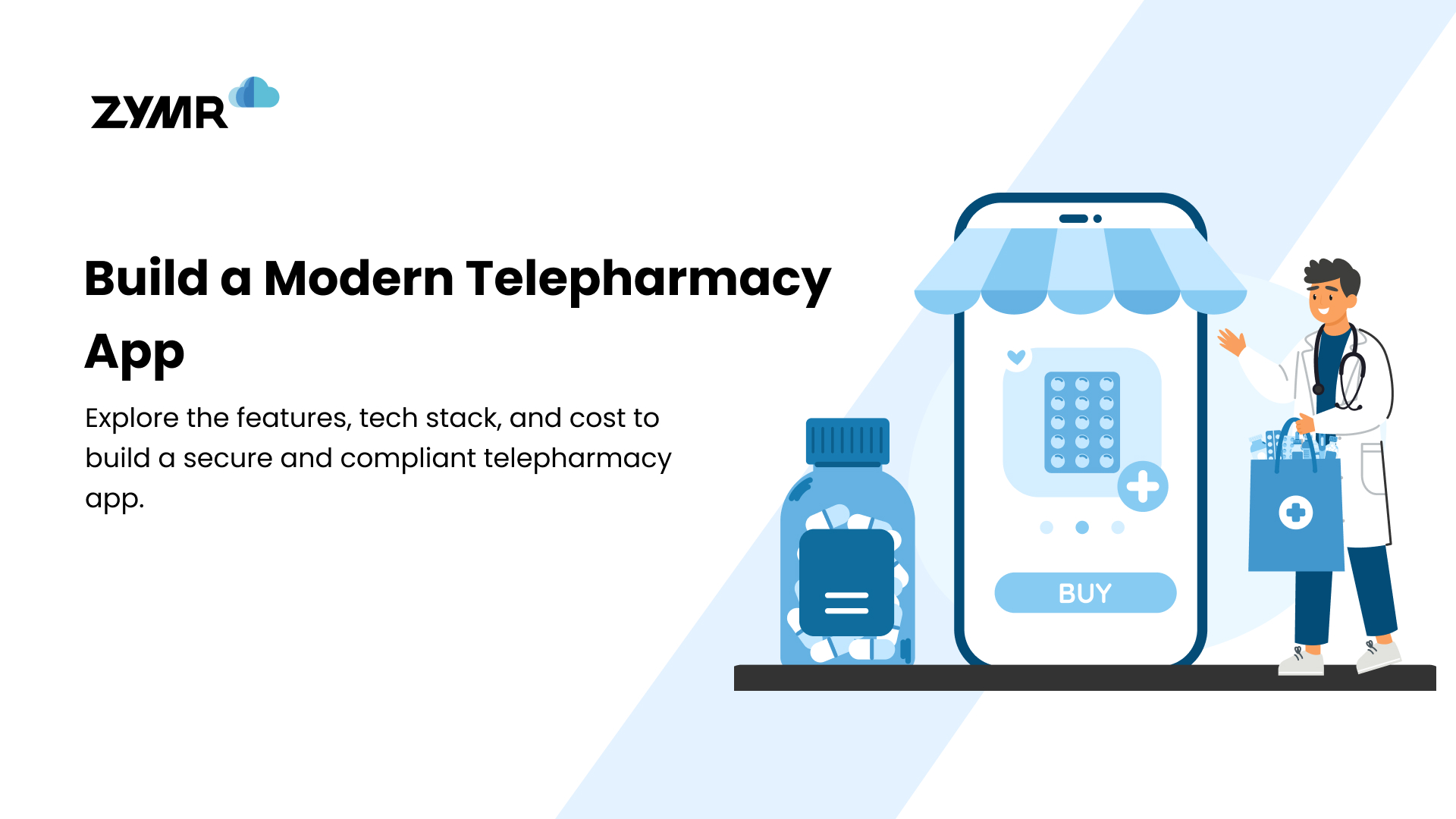Why FinTech Companies Should Leverage Component-Based Dashboard UI For Actionable Insights

March 25, 2025
FinTech
"Modern FinTech software development companies need to ceaselessly deal with a truckload of data generated from multiple sources, including millions of transactions. In order for them to stay relevant on what’s coming next, it is paramount for them that they are able to extract meaningful insights from their raw data. Insights are critical to understanding the customers better, providing customer experience, and overall customer satisfaction. According to several studies, 65% of people are visual learners, so providing visual illustrations of data can help increase understanding and lead to better and more timely decision-making.."
Modern FinTech companies need to ceaselessly deal with a truckload of data generated from multiple sources, including millions of transactions. In order for them to stay relevant on what’s coming next, it is paramount for them that they are able to extract meaningful insights from their raw data. Insights are critical to understanding the customers better, providing customer experience, and overall customer satisfaction. According to several studies, 65% of people are visual learners, so providing visual illustrations of data can help increase understanding and lead to better and more timely decision-making.
That is where the role of dashboards comes in. In a FinTech software development company, a component-based dashboard can help collate and present financial data from a variety of sources in a meaningful manner. Therefore, it is more extensible and maintainable given the modularization. This has been made possible through dashboard UI design to provide the users with quick access to the information they seek. Considering the existing financial software development landscape undergoing a continuous digital transformation, the role of data visualization has become more critical than ever. It empowers forward-thinking FinTech companies to present compelling stories derived from data by speeding up time to insights.
For FinTech companies, the main features of a component-based dashboard are scalability, customization, data integration and visualization, gamification, simplified UI, cross-platform capabilities, voice assistance, ease of API integration, accessibility, security and privacy control, and user-friendly interface.
Exploring how data visualization through component-based dashboards helps FinTech companies
FinTech apps thrive on data and dashboards are an important feature for FinTech apps as they offer users with a compendious overview of their financial data. Financial software development companies that deal in banking, investment solutions, lending, or credit, leverage data visualization techniques to identify trends or find even deeper insights. Components-based dashboards allow FinTech organizations to drill down to critical financial details in just a few clicks. These dashboards bring clarity as they can present complex financial data in an easily consumable manner for the stakeholders. The interactions that happen between a company and its clients take customer experience to the next level.
Data visualization boosts FinTech companies to analyze their customer behavior trends and evaluate the performance of their product or service. Visuals incorporating User Centered Design (UCD) or Human Centered Design (HCD) help in providing delightful UX. Moreover, dashboards help identify (and solve) recurring problems faced by clients, resulting in better customer retention. A well-designed component-based UI dashboard powered by AI/ML can act as a go-to platform to track KPIs, key data information, and critical business metrics. Not just that, it helps in articulating insights and findings so finance executives can perform a deeper data analysis to make more informed decisions.
Augmenting component-based dashboards with AI/ML analytics to deliver hyper-personalized CX
Customer-facing teams of FinTech application development companies enhance their CX and sketch the areas for improvement by applying AI/ML-powered analytics to massive datasets. Likewise, the power of defining enriching CX depends on customizable dashboards, using modern UX design processes, and leveraging journey maps. Dashboards need to be powered by AI/ML analytics to distill the key signals from the noise of voluminous data. You can unlock actionable financial insights on the dashboards by tapping into embedded intelligence with turnkey data analytics solutions. Moreover, you must empathize with the end users by applying design thinking to create a dashboard design that could solve problems without causing any cognitive burden.
Introducing Zymr
Zymr is an expert in fintech application development. Therefore, fintech business leaders can leverage our expertise in developing component-based Dashboard UI with React.js, Vue.js UI, Tableau, QlikView, and other emerging visualization platforms for FinTech companies. We focus on -- discovery, design, and execution to create intuitive dashboards; that’s why we have a glorious track record of working with various renowned FinTech companies, one of which is WePay (a Chase Company). We developed a dynamic, metric-driven, and real-time augmented analytics dashboard for WePay with our expertise in BI tools and software for risk and compliance monitoring as well as reducing fraudulent transactions. As a result, the dashboard for visualization helped the RiskOps team at WePay triangulate fraud cases quickly, and they were able to enable integrated payments for digital businesses around the world.
Conclusion
To summarize, the FinTech application development is positively impacted by leveraging data visualization to orchestrate omnichannel customers’ journeys and improve UX as Fintech UX design heavily depends on data. Data visualization through component-based dashboards can offer a succinct view of the crucial aspects of important business processes for a financial software development business. Partnering with a company like Zymr, which has expertise in analytics visualization tools and libraries, ensures that the components-based dashboards we create for you tell an insightful story!
FAQs
>
>
>
>
>
Have a specific concern bothering you?
Try our complimentary 2-week POV engagement
Our Latest Blogs








.svg)
.svg)
.svg)
.svg)
.svg)
.svg)
